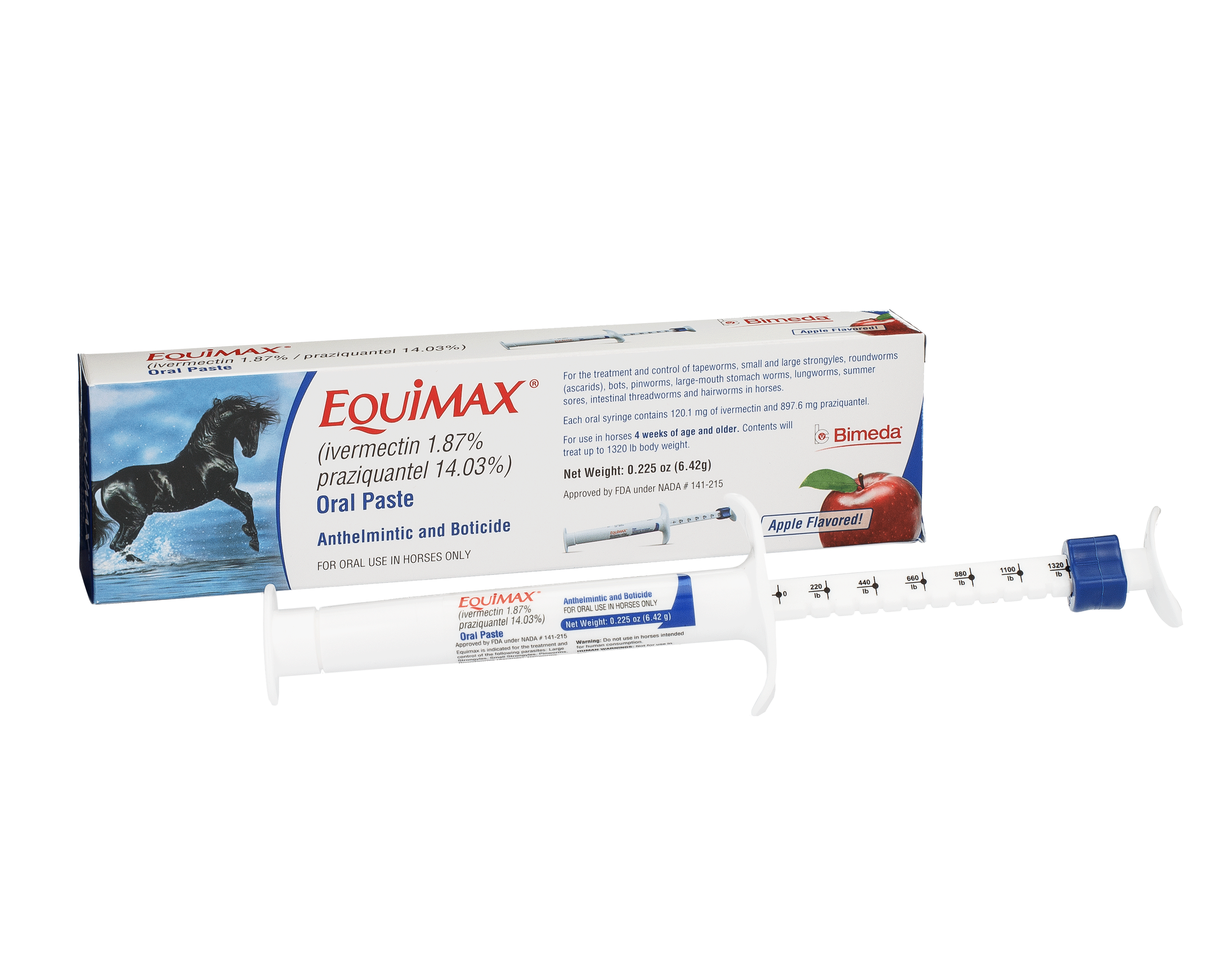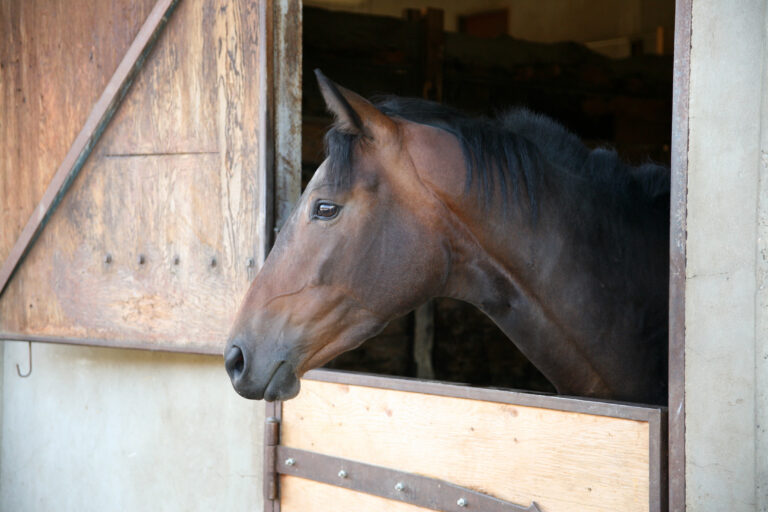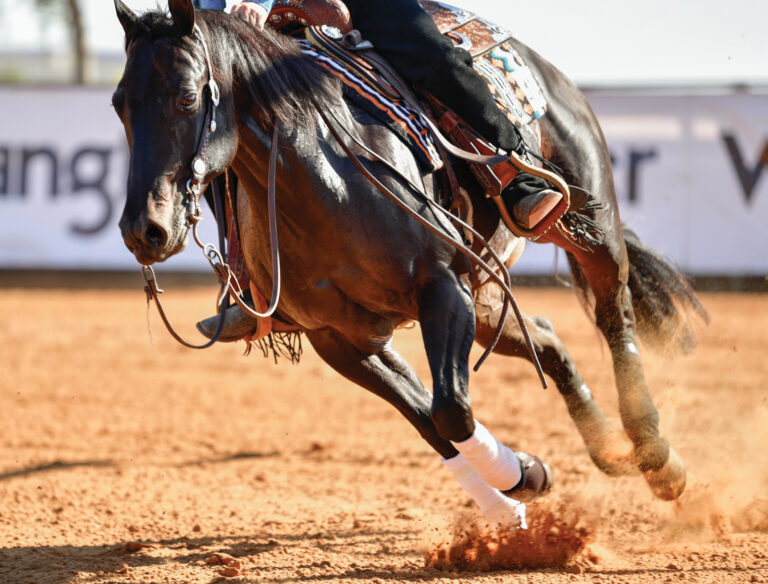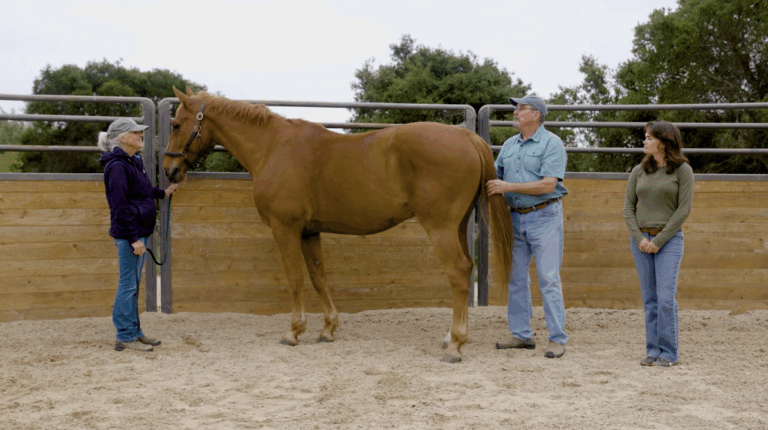You’ve waited 11 months to meet your new foal. He’s arrived and in perfect health. During his mom’s pregnancy, you were diligent in following a strategic deworming plan, which is a good start. Now he needs his own deworming plan to keep him healthy even if he ingests parasites from his surroundings.

Know your parasites
Dewormers are formulated to target different parasites. When creating protocol for your young horses, you must know which parasites could be problematic and the chemical classes that are effective against them.
Foals are most prone to ascarids, also known as roundworms. These parasites target foals and young horses up to 18 months of age. As they move through the lungs they can cause respiratory damage. Other complications can include stunted growth and diarrhea. A severe infestation may lead impaction colic with potentially fatal outcomes. Ascarids are resistant to some other drug classes but benzimidazoles remain effective.
Bloodworms, also called strongyles, also prey on young horses. Poor appetite, weight loss, weakness, and diarrhea are all signs a horse is battling strongyles. The most effective treatments are ivermectin and moxidectin, drugs classified as macrocyclic lactones.
Tapeworms are uncommon in foals less than seven months old but infestations can occur in young horses. Research has connected ileocecal colic to tapeworm infections in weanlings and yearlings. A double dose of pyrantel pamoate or praziquantel is recommended for fighting tapeworms.
Learn More: Mare and Foal Guide
There are a lot of deworming products available for purchase. Read the labels carefully to ensure they are safe for use in foals. Even dewormers that are in the same chemical class do not necessarily have the same formulations. For example, Equimax® (ivermectin 1.87% / praziquantel 14.03%) Oral Paste, can be given to foals as young as four weeks.
A full syringe of Equimax® treats one horse up to 1,320 lb. It can be used in foals 4 weeks of age and older, stallions and breeding, and pregnant and lactating mares.

Be strategic
Although targeted anthelmintic treatment utilizing fecal egg counts (FEC) is recommended for mature horses, that approach alone isn’t optimal for deworming foals. Instead, the American Association of Practitioners recommends a minimum of four treatments, utilizing FEC as well as set treatment protocols:
- Age: 2 to 3 months. Recommendations: First dose of dewormer targeting ascarids.
- Age: Weaning to 4 to 6 months. Recommendations: Order a fecal egg count from the vet and give a dewormer for strongyles or ascarids based on results.
- Age: 9 months. Recommendations: Choose a product to target strongyles, and consider treatment for tapeworm.
- Age: One year. Recommendations: Follow up with a fourth deworming using products to treat strongyles, and tape-worm if that was not done in the previous deworming.
A whole horse plan
Chemical control is one component of controlling parasites Management practices at your barn can minimize your foal’s exposure to parasites. Keep manure in paddocks and other areas foals stay cleaned regularly. Plan turnout to avoid overcrowding, which can increase parasite loads, and work with a veterinarian to use fecal counts to guide your treatment plan.
Important Safety Information: Not for use in humans. Do not use in horses intended for human consumption. FOR ORAL USE IN HORSES 4 WEEKS OF AGE AND OLDER. Not to be used in other animal species as severe adverse reactions, including fatalities in dogs, may result. Swelling and itching reactions after treatment with ivermectin paste have occurred in horses carrying heavy infections of neck threadworm microfilaria (Onchocerca sp.). Ivermectin and ivermectin residues may adversely affect aquatic organisms; therefore, dispose of the product appropriately. For complete prescribing information, contact Bimeda® at 1-888-524- 6332, or EquimaxHorse.com/PI. All trademarks are the property of their respective owners.


![[Aggregator] Downloaded image for imported item #35942](https://s3.amazonaws.com/wp-s3-horseandrider.com/wp-content/uploads/2025/10/20105738/EDCC-Unbranded-14-300x200-1.jpeg)

